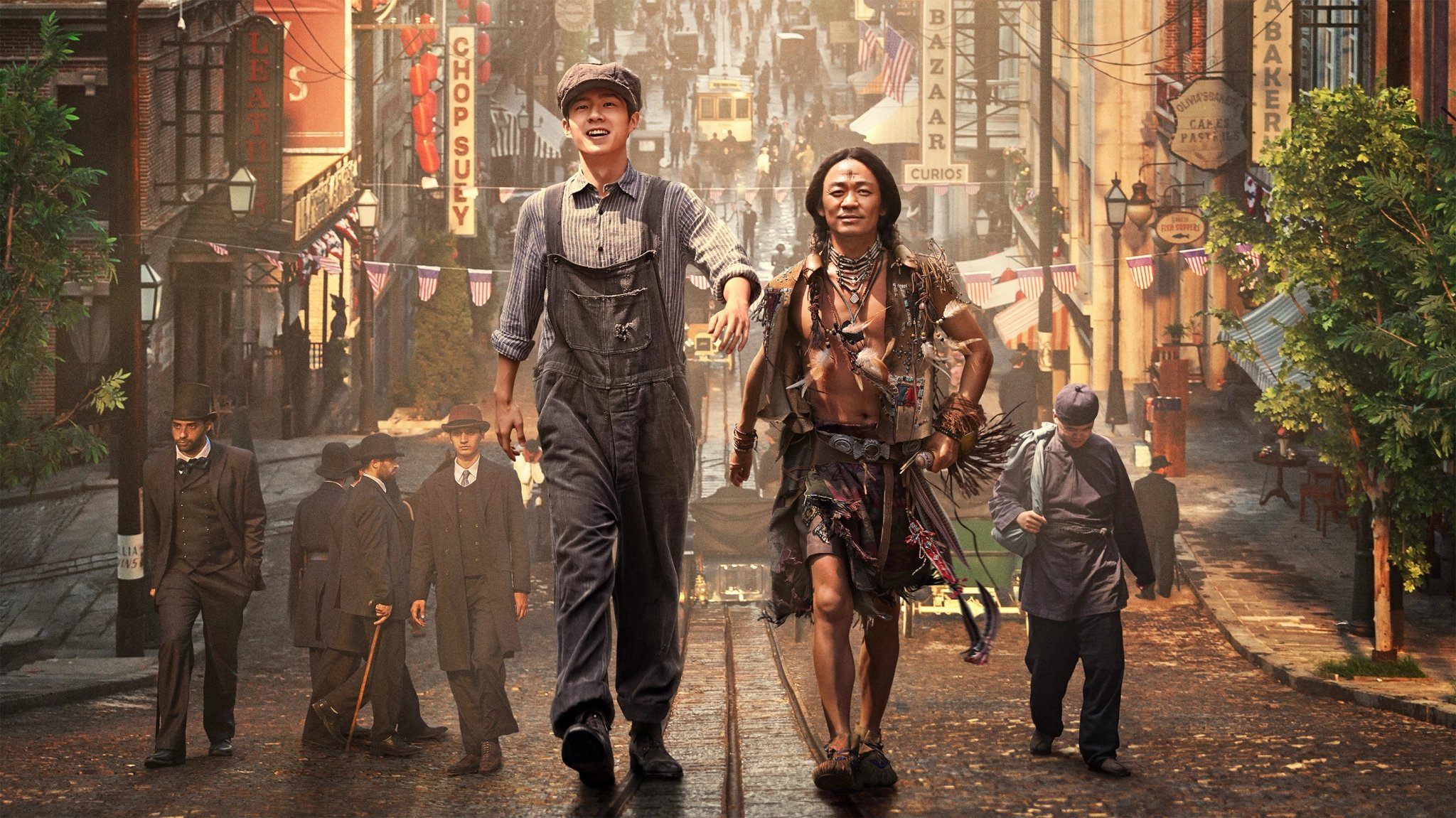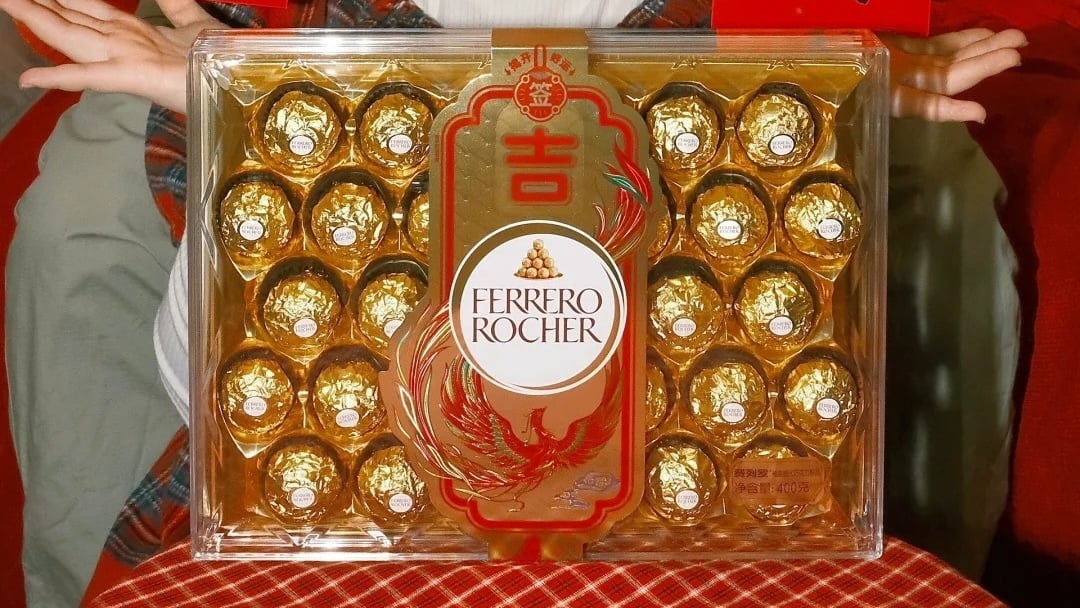In anticipation of World Jianbing Day on April 30, this feature draws attention to a quartet of youth who recently set up their own jianbing stall; you’ll be hard-pressed to find jianbings like theirs elsewhere. Young China Plates is a monthly series that dissects mouthwatering food trends favored by Chinese youth. Drop us a line if you have a suggestion!
Pad thai, pho, and pizza have long occupied the pantheon of popular street foods around the world, but Chinese crepes, jianbing (煎饼), or jianbing guozi (煎饼果子) as the people in North China’s Tianjin municipality call it, might just be the proverbial turtle in the race between the Tortoise and the Hare.
No longer a stranger on the global food stage but still a bit of a novelty, jianbing is a pan-fried, grain-based batter served with fillings and sauces.
Now the North China breakfast food has gotten big and gone global, thanks in part to former expatriates in China and overseas Chinese who have introduced it to cosmopolitan cities like Canberra, Australia’s capital city, and buzzy New York on America’s East Coast.

In 2019, China-based food tour company UnTour Food Tours gave the beloved street food item a further boost by declaring April 30 World Jianbing Day thenceforth — a move feted by fans of the food worldwide.
Like most street foods, the jianbing’s allure lies in its winning combination of maximum deliciousness and minimum cost, hence the slight irony of serving ‘premium jianbings.’ Nevertheless, this is the direction taken by Tan 摊 on Taojiang Road in Shanghai.

Helmed by a quartet of Millennials and Gen Zers, Holly Lian (chef and restaurateur), Kiki Wong (TV presenter and chef consultant), Jam Guo, and Zhi Ming (interior and fashion designers), the hole-in-the-wall takeaway spot (although there are seats for three or four customers) is attached to a newish lifestyle hub dubbed Hao Market (open since November 2022).
A double entendre of sorts, ‘tan’ (摊) can mean both a ‘vendor’s stall’ and ‘to spread out.’ The latter paints a quaint picture of how jianbing batter must be expertly and thinly spread by spinning a T-shaped utensil on a round and flat pan.
“In the beginning, we were thinking of giving [our eatery] an English name, but decided it wouldn’t be suitable since we are celebrating Chinese flavors,” says Lian, who has only known her business partners at Tan for a little over a year.
Say what you will about the notorious Shanghai lockdown of spring 2022, but it made friends out of strangers who were quick to feed one another when supplies were scarce, and to make the best (or make light) of their situation during dark days.
“We live in a small compound, and there were only about 50 people in our group chat. I saw my neighbors posting a lot of their cooking on WeChat Moments (a feature comparable to Instagram but built in China’s superapp WeChat) and wondered, who’s behind this table? It looks amazing,” recalls Lian.
It didn’t take long for her to secure an invitation to Wong’s ‘secret dinner parties,’ as you were not supposed to step out of your apartment during the strict lockdown period. Lucky for Lian, she happily spent the whole of May mingling with her equally bored and food-obsessed neighbors.

“Kiki and I have gotten very close since the lockdown,” says Lian, which is putting it lightly. Even after the lockdown was lifted, the pair continued to partake in shared activities, from hitting the gym to seeking out healthy meals.
Feasting amply was all well and good when faced with a lack of places to visit or things to do during quarantine, but “we had eaten too much during the lockdown and were trying to be healthy,” chuckles Wong.

When industry personnel informed Lian of a cute lot at Hao Market that begged to be transformed into a cool space, she was initially hesitant, especially given its tight dimensions, but her bubbly friend cajoled her into taking a chance.
“It’s easy — just do pancakes,” said Wong, before reeling off a whole string of ideas for potential flavors. “It’s going to be great.”
Lian agreed, but only if Wong came along for the ride, which brings us here today.

Some might sneer at the idea of changing up the classic jianbing, but this isn’t a case of a white restaurateur touting “clean” versions of Chinese food. On the contrary, Tan 摊 is what happens when fitness-focused Chinese youth choose to cook up contemporary jianbings that are better for their well-being and more suited to their palates.
“Personally, I like our jianbings because they’re lighter,” shrugs Lian. “The normal kind of jianbing is kind of heavy with fried dough and lots of carbs.”
“And all our sauces are homemade as opposed to store-bought,” pipes up Wong.
Before you swing by Tan 摊 expecting a health fix, however, know that the brand doesn’t strictly identify as a health eatery; Shanghai has plenty of that as it is. On the contrary, here’s what Tan 摊 is: possibly the only jianbing specialist — out of the thousands in the city — to spotlight seasonal produce via an inventive, ever-changing menu.

Lian’s existing connections with food and drink suppliers at her other restaurants — cafe and natural wine bar Crave and contemporary Hunan restaurant Where Peaches Grow — allow her to source high-quality, traceable ingredients for Tan 摊 with ease.
Think a trio of smoked meat products (basil pork sausage, Russian sausage, and bacon) from a trusted butcher in ‘The Carnivore’ jianbing that comes crowned with an appetizing fried quail’s egg. Moreover, the meat-free ‘Dancing Mushrooms’ jianbing contains not one or two but four to five different species of fungi.
“We included the meatless option to be ‘more friendly,’” says Lian in reference to China’s growing plant-based population. “Just last week, I just had dinner with a vegetarian friend, and I asked a lot of questions, including whether he missed meat. He was like, ‘I feel disgusted by the mere thought of it,’ so to answer my own question, no, he doesn’t miss it at all.”
While one faces endless permutations of fillings at most jianbing stalls, Tan 摊 offers no more than four fixed, curated flavors at a time, though a single bite makes one realize why it’s often best to leave menu planning to the experts. Pairing herbed cream and caramelized pineapples, the sophisticated dessert jianbing (possibly the only one in Shanghai) makes us swoon.

To recapitulate a point we’ve made in the past, well-traveled youth working with food often draw inspiration from their travels, and Tan 摊’s founders are no different. Wong, who was recently on the island of Penang in Malaysia for work, supped well on oyster omelets during her trip and wants to offer a new kind of jianbing inspired by the shellfish dish.
She is also entertaining the idea of introducing a Hainanese chicken rice-inspired jianbing, as fresh produce like ginger and chives speak of the advent of spring.

To some, Tan 摊’s jianbings might seem astronomically priced. After all, is 50 RMB (about 7.3 USD) justifiable for a jianbing when the humble street food costs around 10 RMB (around 1.5 USD) at most other street stalls in Shanghai?
We tread lightly when approaching Lian and Wong with the question, but the pair seem perfectly unperturbed.
“This circles back to the topic of our target customers,” says Lian, her eyes trailing a group of well-dressed women exploring Hao Market. “We kind of know our customer base, and if we have to convince someone to try our jianbings, they’re not it.”
Meanwhile, Wong makes a good point when she wonders out loud, “I often wonder why customers are happy to have a hamburger, no matter how expensive, but change it to a jianbing, and people expect it cheap. If French crepes are allowed to be expensive, why must Chinese pancakes be so cheap?”
After all, she adds, regardless of the regional cuisine, more investment should be expected for better ingredients.
A final note about Tan 摊 revolves around its drinks selection, particularly of the alcoholic variety: While most jianbing stalls only offer doujiang or soymilk by way of beverages, you can wet your whistle with wine and Belgium beer here. What better way to indulge in a little streetside boozing, a favorite pastime of young people in Shanghai?
Cover images courtesy of Tan 摊
































